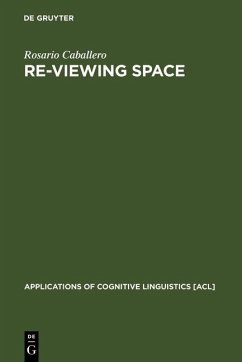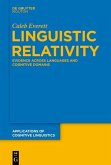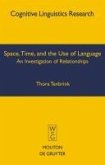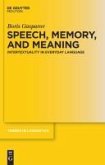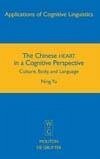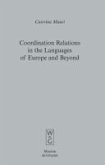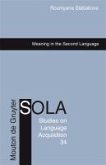The theoretical implications of the applied cognitive approach to metaphor adopted in the book are twofold. First, a situated description of how metaphor is used in a particular genre provides rich detail about its rhetorical potential. The second important contribution made by this study is to provide a fuller account of image metaphor, a type of mapping which is very salient in this particular genre. The weight given to visual metaphors in architectural discourse allows a fuller consideration of the cognitive and communicative import of a class of metaphor often regarded as marginal or ad hoc in cognitive linguistics, and the book thus contributes to a better understanding of this phenomenon in the context of a genre characterised by its concern with the visual aspects of architectural design. In this sense, the empirical data offered by a particular research methodology contributes to theory formation, and will prove of interest to cognitive linguists as well as to discourse analysts or genre researchers.
Dieser Download kann aus rechtlichen Gründen nur mit Rechnungsadresse in A, B, BG, CY, CZ, D, DK, EW, E, FIN, F, GR, HR, H, IRL, I, LT, L, LR, M, NL, PL, P, R, S, SLO, SK ausgeliefert werden.
"As a systematic and comprehensive book, it is a major contribution to the
paradigms of the theory of Conceptual Metaphor within the parameters of a
specific genre."
Eduardo Urios-Aparisi in: Linguist List 22.2466

